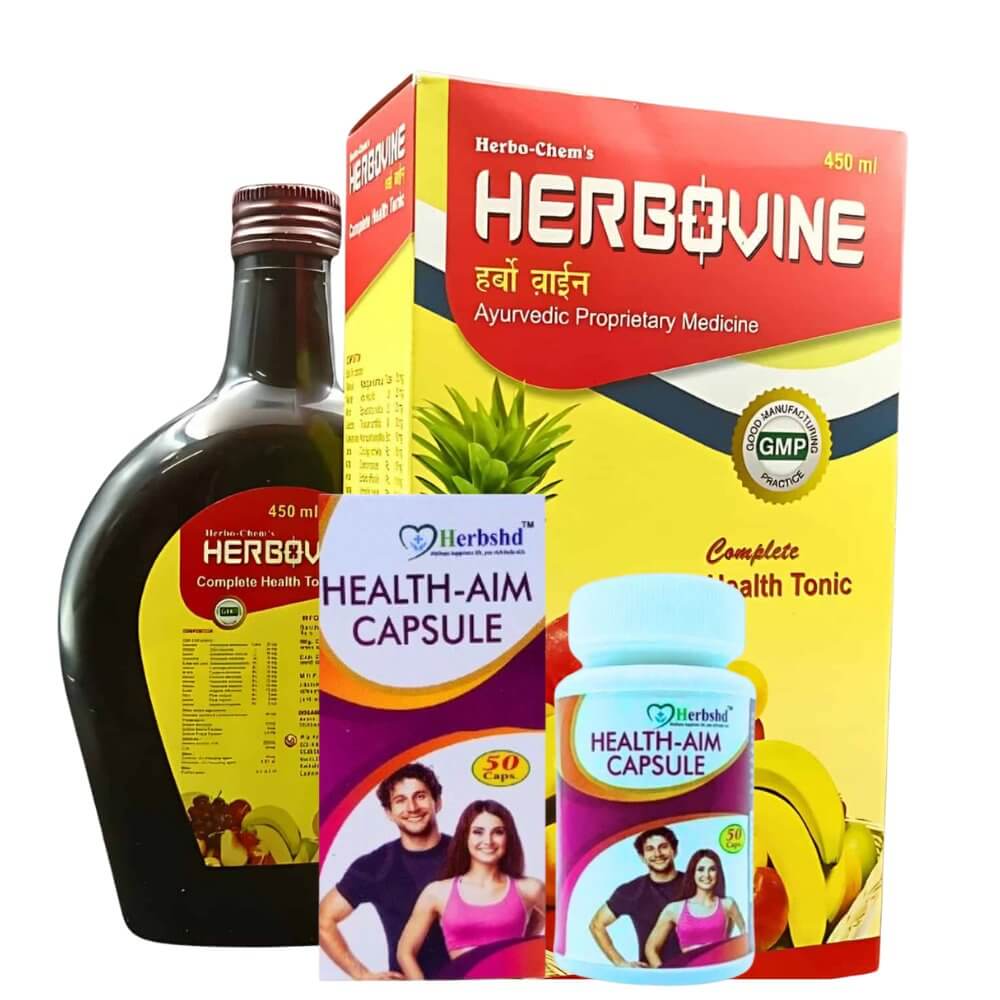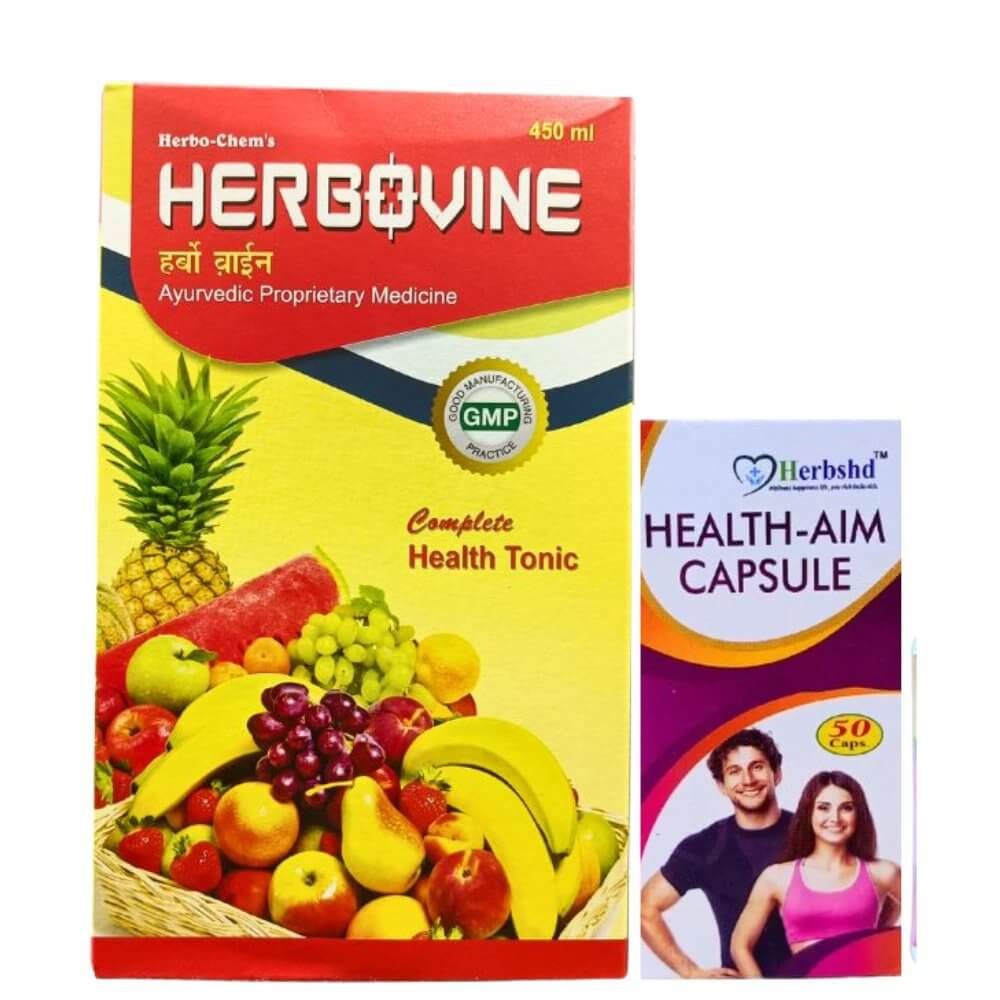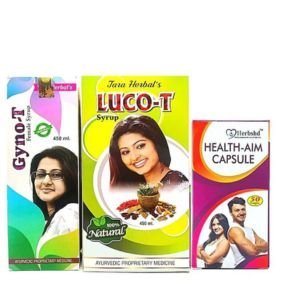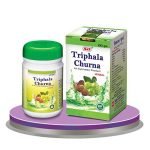what to eat to stop white discharge

What Is White Water Discharge?
White discharge, also known as white water or leucorrhoea, is a natural physiological process that results in vaginal discharge. It is usually thin and slightly sticky. Often women become irritable and stressed before the period or when the period is irregular. Apart from this, they start living under stress regarding life. At the same time, their also become imbalanced. As a result, women start having white discharge. It is usually transparent like water. However, sometimes it also becomes thick, peculiarly colored and odorless, known as leucorrhea. A large amount of white smelly water comes out of the vagina of a woman suffering from this disease, which is called vaginal discharge.
What are the types of vaginal discharge?

Thick, White Discharge
If thick, white discharge goes along with other symptoms, such as itching, burning and irritation, it is probably due to a yeast infection. If not, it is normal discharge. You may also notice an increase in thick, white discharge before and after your period.
Yellow Discharge
Yellow discharge is abnormal discharge, as this is a sign of a bacterial infection or transmitted infection. There also may be an odor associated with it.
Brown Discharge
Brown discharge may be caused by irregular period cycles. If brown discharge keeps appearing, a patient should schedule an appointment with a provider to be evaluated. This could be a sign of uterine cancer. Additionally, during menopause, a woman should not have any type of vaginal bleeding, which is also a sign of uterine cancer.
Green Discharge
Having green discharge is not normal. This is a sign of bacterial infection or a transmitted infection, such as trichomoniasis. Anyone experiencing green discharge should see her provider. If you are diagnosed with trichomoniasis, you’ll be placed on antibiotics.
Yeast Infection Discharge
Yeast infection discharge is caused by an overgrowth of fungus in the vagina. Symptoms of yeast infection discharge include a thick, white, cottage cheese-like discharge, along with itching, redness, irritation and burning. Roughly 90 percent of women will have a yeast infection at some point in their life. Yeast infections are not contagious, and antifungal creams are available for a patient to use. But, if symptoms don’t improve with or she has more than four yeast infections in a year, she should see her provider.
“Stay of normal and abnormal changes in vaginal discharge. This allows patients to identify infection and other problems. If you have any questions about the type of vaginal discharge you’re experiencing, contact your provider.
Colors of vaginal discharge and what they can mean
The amount of vaginal discharge can vary significantly from person to person. The color, consistency, and amount can also change from day to day, depending on where a person is in their
Days 1–5. At the of the cycle, discharge is usually red or bloody, as the body sheds the uterine lining.
Days 6–14. Following a period, a person may notice less vaginal discharge than usual. As the egg starts to develop and mature, the will become cloudy and white or yellow. It may feel sticky.
Days 14–25. A few days before ovulation, the mucus will be thin and slippery, similar to the consistency of egg whites. After ovulation, the mucus will go back to being cloudy, white or yellow, and possibly sticky or tacky.
Days 25–28. The will lighten, and a person will see less of it, before getting another period.

Symptoms of white water or leucorrhea
1. If there is frequent fever and the temperature rises significantly.
2. If there is occasional unbearable pain in the stomach.
3. Despite not working very hard, you get tired.
4. If you have to go to the toilet again and again.
5. White and thick vaginal discharge ie white discharge.
6. If you suddenly lose weight without any reason.
7. If there is pain during the intercourse between the two periods and there is bleeding from the vagina.
8. If the vagina is always wet and itching is felt.
9. Vaginal pain or burning during the intercourse.
10. Very bad smell from vagina.
White Discharge Solution
Fenugreek seeds
Consuming fenugreek seeds boiled in water can solve the problem of white discharge. You can boil fenugreek seeds in 500 ml of water until the water is to half. Then drink this water when it cools down.
Ladyfinger:
Favourite of many and commonly called bhindi is another good remedy for treating the problem of white discharge. You can boil some ladyfinger in water and then churn it in the mixer. Some ladies also soak ladyfinger with yoghurt and then it.
Coriander seeds :
Soak some fenugreek seeds in water overnight, strain and have it in the morning on an empty stomach. This is one of the easiest and safest home remedies to treat white discharge.
Indian gooseberry:
Indian gooseberry, called amla in Hindi is an Indian superfood. in vitamin C and many other nutrients, amla helps boost immunity and keeps you healthy.
You can have it in any form - raw, powdered, murabba or homemade candies. Consuming amla regularly will also treat the problem of white discharge.
Rice starch :
You can drink rice starch (water in which rice is boiled) regularly to eradicate the problem of white discharge. The starch from the rice is highly preferable when you are constantly suffering from the problem of white discharge.
Guava leaves :
If you have a vaginal discharge with itching, you can boil some guava leaves in water and have it after it cools down. Drink this twice a day.










